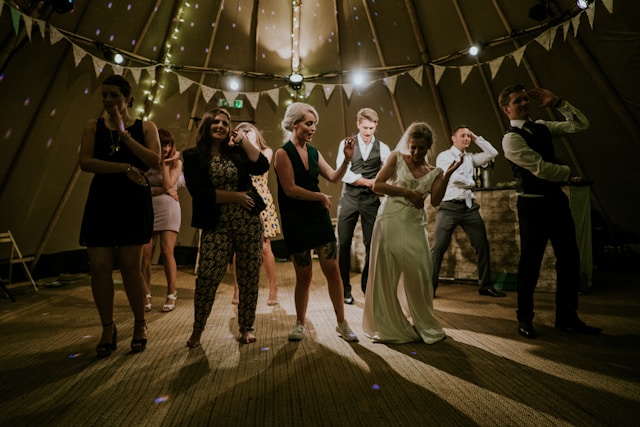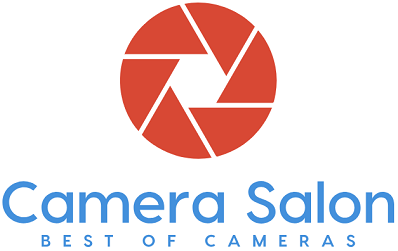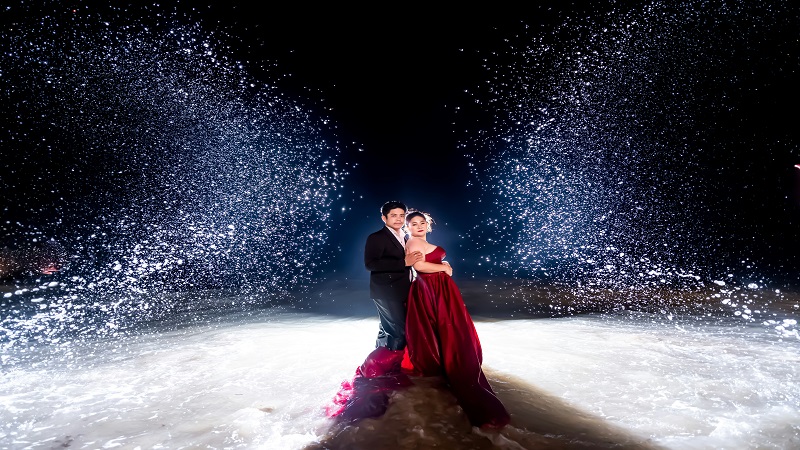In this article, we discuss the best flash photography tips for weddings. It is never easy to use a flash for beginners, especially at events like weddings. But – you must learn how to use it if you want to take some truly fascinating wedding photographs. Similarly, you must also know when you must use flash and when you can choose the flash.
Before we move forward, you have to understand if you really need to use flash in photography and when to use it.
Do I Need a Flash for Wedding Photography?
You can take wedding photographs without a flash, especially if the reception is during the daytime. However, there are situations when it becomes necessary to use a flash.
Of course, you must use a flash during the night because your camera cannot see anything due to the darkness. They mostly reduce the light for indoor wedding receptions and evening weddings for different occasions such as a dance party. Therefore, they also require extra lighting such as a flash.
Sometimes, your subject’s faces have a lot of shadows due to the excessive overhead lighting. In this case, a flash can come to your rescue. For example, it will help you illuminate your subject in group photos if you are working with bad indoor lighting or a mid-day sun.
Sometimes, the wedding halls are too crowded, making it difficult to isolate your subjects. A flash enables you to accomplish this task or create some kind of distraction. You can focus on your subject by using a flash like a spotlight if the place has even lighting. You can darken the distractions in the case of a clustered scene as well.

Flash Photography Gear
So, you will need a flash for wedding photography. Therefore, the next step is to gather the necessary flash photography gear. You need proper gear no matter how skilled you are. The following are the gear we are going to discuss in our flash photography tips for weddings guide.
Speedlight
Speedlights are portable, small, and external flashes. You can secure on them light stands as well as on your camera. They enhance the exposure of the scene by lighting up the room. Photographers love speedlights for their versatility and portability. What makes them better than popup flashes on DSLR cameras is their ability to rotate. As a result, they offer a wide range of lighting options. You can also use a remote to control them, making them a great tool for wedding photography.
Light Stands
Sometimes, you have to use multiple flashes to illuminate the space depending on the type of the place or reception style. You cannot install all these flashes on your camera and this is where light stands come into the picture. Try to strategically place off-camera light stands in darker areas. Darkness will never prevent you from taking a great photo, particularly if you pair light stands with softboxes.
Softboxes
The light emitted by the flash may not be even and soft. Therefore, you need a softbox to attain both these goals. Furthermore, they remove hard shadows on your subject’s face as well. You can secure the portable softboxes to your camera. However, large softboxes for studios are also available.
Gels
Many photography combine the use of flashes with colored gels and for good reasons. You cannot only add some fun hues to the photographs but also correct the colors of an image. They have many uses in wedding photography as well.
Flash Photography Tips for Weddings
The following are some of the best tips when it comes to using a flash for photography.
1. Use Bounce Flash Effect
You can create shadows on subjects besides hard lighting using the direct flash. The bounce flash effect will minimize the harshness for you. Point the flash on the surrounding objects such as a wall or ceiling rather than directly on the subject. The flash will only hit your subject after bouncing from the walls. As a result, it will create a soft light effect.

2. Use Colored Gels to Balance Colors
It may become hard to find natural light mostly in the case of indoor, night, or evening receptions. You must be prepared for anything as a photographer. The best solution for situations such as dim yellow lighting or harsh fluorescent light is colored gels. You can correct colors in real time using these paper gels. Similarly, they also reduce post-production time and effort.
3. Use Softboxes to Soften the Light
The combination of a softbox and speedlight can create some breathtaking images even if you are shooting in dark indoor spaces or an outdoor reception during the night. Do not forget to utilize the natural ambiance the light of the venue provides.
4. Use Stick Lighting
This might be one of the easiest flash photography tips for weddings. Stick lighting is an off-camera flash technique and very simple, agile, and quick. It is what it sounds like you just mount the flash on a stick such as a lightweight light stand. Now, point the flash from the direction you want the light to come from. Of course, someone has to hold the stick for you. This technique can help you quickly capture a dramatic moment, especially when you have to spotlight the object. It is also a great way to quickly transition from dances, cake cutting, and speeches.
5. Use a Multiple Flash Set Up for the Dance Floor
Many photographers use a 2, 3, or even 4 flashes installed in different parts of the dance floor. It helps them move from one place to another to take photographs without having to hold the flash. The flashes keep your subjects illuminated in an interesting way and you keep taking photographs
6. Backlight Your Subject Using a Flash
What is the best way to separate your subject from the background? It is adding the rim light by backlighting your subject. You just have to put the flash behind your subject and you are good to go.

7. Use a Long Exposure to Add Motion
You can take some lively photography irrespective of the occasion by adding movement using long exposures. This technique works excellently for dance floors and sparkling exits. Instead of a still shot, long exposures enable you to capture the entire scene.
Also Read: How To Attach Camera To Telescope?
Frequently Asked Questions
What are the best flash settings for wedding photography?
First of all, use the shutter at 1/250 or even lower. The max sync speed of most cameras is also 1/250 but you should check for your camera. Using a higher shutter speed can result in a black part on your screen. Use the wide-open aperture or something very close to it. Keep the ISO a stop or two underexposed for the best results.
Should you use flash for wedding photography?
You should use flash for wedding photography if you want to better control the lighting. It not only reduces noise but also helps you better focus or isolate your subjects by reducing the harsh light. It also captures more details and provides consistent results.
What is the best angle for flash?
The best angle for flash, when bouncing the light, is 45°. It helps you bounce the flashlight from the surrounding wall or ceiling and then on your subject. As a result, it eliminates hard shadows on your subject’s face resulting in softer and more beautiful photos.
Is TTL or Manual Flash better for Weddings?
You must use TTL mode for events, weddings, outdoors, and other places where light constantly changes. If you want to control the light and have consistent results such as in the case of studies, indoors, and portraits, you must use manual mode.
Final Thoughts
With this, we conclude our guide to flash photography tips for weddings. Keep in mind that we have only scratched the surface with this guide. There is much more to using flash in weddings. I recommend constant learning and practice and only then you will learn how to produce great results while using a flash in photography.

